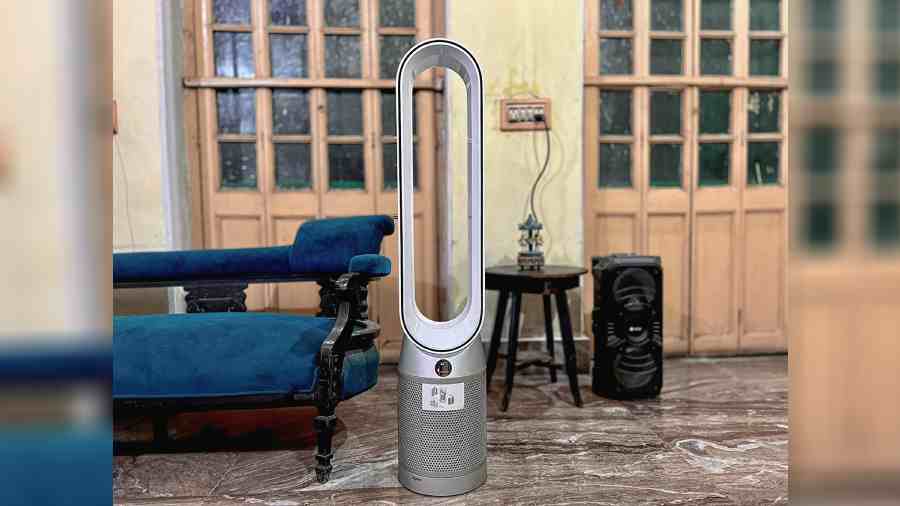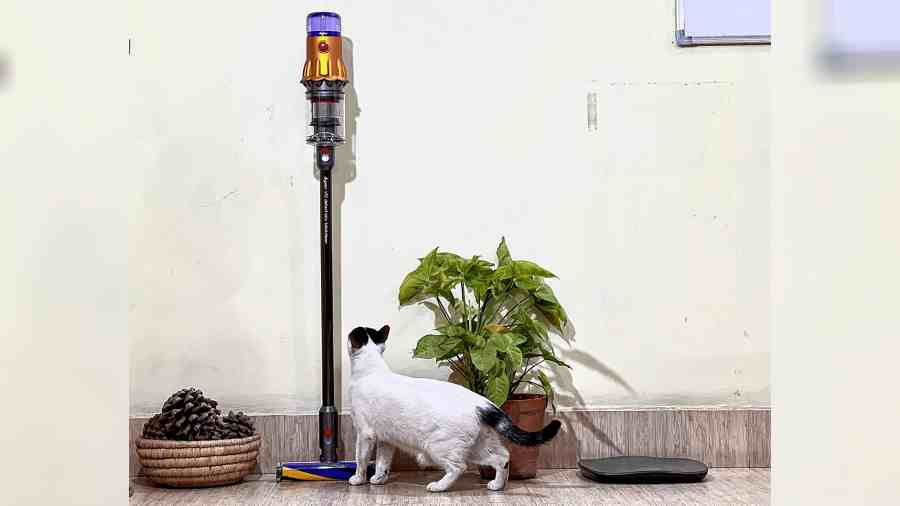Our bodies take in more air than any other substance. Given the importance of consuming clean water, it begs the question: ‘How can we neglect the quality of the air we breathe?’
The impact of polluted air is felt both indoors and outdoors, and numerous resources exist to help manage its effects. Nevertheless, it’s worth asking: can all the information about air pollution available to us be trusted?
Myth1: Act only when you see pollution
Fact: Air pollution seems to grab attention only when we see smog or haze, but pollution is often invisible, although its effects are not. We often forget that visible pollution is not the only form of harmful pollution and that invisible air pollution such as nitrogen oxides can exist all year round and can be more or equally deadly.
Myth2: Pollution only impacts when outdoors; I am safe if I am in closed spaces inside
Fact: Home isn’t always a safe haven and indoor air pollution can be worse than outdoors. Indoor and outdoor air pollution are often treated as separate entities but outdoor pollutants such as vehicle exhaust fumes, pollen and mould spores often enter indoor spaces. Volatile Organic Compounds (VOCs) released from using cleaning solvents, deodorants and scented candles; outdoor pollution; pet dander; emission from surfaces and gases from cooking and central heating eventually make up a complex cocktail of pollutants indoors. As we increasingly seal our homes to seemingly shut pollution out, in reality, we might be shutting it in. This continuum blurs distinctions between indoor and outdoor pollutants but with the right knowledge and simple measures, we can prevent toxic air from building up inside our homes. For instance, an air purifier with both HEPA and activated carbon filter to capture both pollutant particles and toxic gases can help improve the air quality inside your home to a great extent.
Myth3: Pollution is a seasonal problem
Fact: It is a 365-day issue! Every season sees an increase in certain pollutants due to various factors such as temperature, climate, and human activities. Worsening air quality is a global problem, and India is one of the most impacted countries. A Monash University study on daily ambient fine particulate matter (PM2.5) across the globe found that in southern Asia and eastern Asia, more than 90 per cent of days had daily PM2.5 concentrations higher than 15 ug/m3. A WHO report estimates that around seven million people die prematurely every year due to exposure to outdoor and indoor air pollution, making air pollution a major health risk, and a year-round concern.
Myth4: Air quality is the same from room to room
Fact: Air pollutant concentrations vary between rooms in the home. This largely depends on the objects and behaviours they host. Pollutants from the fabric of the house or outdoor air infiltration are fairly consistent across the rooms but those caused by human behaviour or items specific to a certain space (example, a bed, or cooker), will differ.

Tips for managing indoor air quality
Use cleaning products wisely: Some of the VOCs found in our homes can come from the chemicals in cleaning products we use on kitchen surfaces, bathrooms and windows. Using natural cleaning products can help lower the amount of VOCs in your indoor air.
Vacuum regularly: The dust from your sofa and cushion stays in the air indoors and is often breathed in. Regular vacuuming is one of the easiest ways to reduce particulate pollution at home.
Scents in moderation: Some of the things we might enjoy at home, like scented candles, can also be sources of indoor air pollution. Rather than completely letting go of lighting candles, try them in moderation and preferably in the evening.
Be careful when letting in “fresh air”: If you reside close to a high-traffic area or a busy road, opening the window can allow outdoor pollution, gases like nitrogen dioxide and sulphur dioxide, into your home.
Ensure ventilation while cooking: Frying with oil can create particulate pollution and using a gas stove can also create gaseous pollutants like NO2. When cooking, try to ensure that kitchen appliances are vented outdoors, or open windows if the air outdoors is clean enough to encourage polluted air to flow out, or use mechanical ventilation like a purifying fan which can assist by filtering out pollutants.
Use an air purifier: A good air purifier should not only be able to capture allergens and pollutants as small as PM0.1 but also should be able to filter out harmful gases like VOCs, NO2 and so on to purify the whole room.
Muzaffar Izamuddinis an engineer,environmental care, at Dyson
